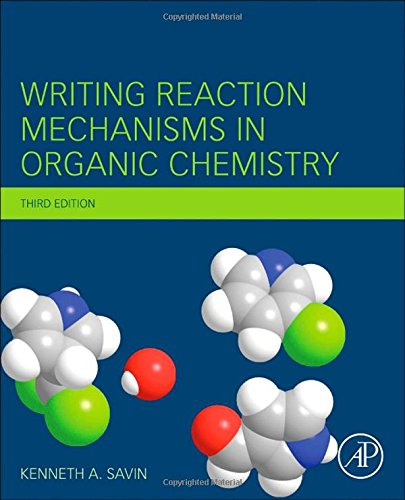

Most ebook files are in PDF format, so you can easily read them using various software such as Foxit Reader or directly on the Google Chrome browser.
Some ebook files are released by publishers in other formats such as .awz, .mobi, .epub, .fb2, etc. You may need to install specific software to read these formats on mobile/PC, such as Calibre.
Please read the tutorial at this link: https://ebookbell.com/faq
We offer FREE conversion to the popular formats you request; however, this may take some time. Therefore, right after payment, please email us, and we will try to provide the service as quickly as possible.
For some exceptional file formats or broken links (if any), please refrain from opening any disputes. Instead, email us first, and we will try to assist within a maximum of 6 hours.
EbookBell Team

4.0
56 reviewsWriting Reaction Mechanisms in Organic Chemistry, Third Editionis an invaluable guide to understanding the movements of atoms and electrons in the reactions of organic molecules. Expanding on the successful book by Miller and Solomon, this new edition further enhances your understanding of reactions. The whole book has been extensively revised with new material including a completely new chapter. To further aid understanding, all illustrations have been redrawn with the use of color to clearly indicate how each reaction works. This book illustrates that understanding organic reactions is based on applying general principles rather than memorizing unrelated processes. This approach helps you understand that writing mechanisms is a practical method of applying knowledge of previously encountered reactions and reaction conditions to new reactions. After simply explaining basic principles, this book then examines each type of reaction. A clear background and explanation is provided for each reaction, followed by an example of the reaction in use. At the end of each section is a series of problems, with a wider range of challenging questions, to test your understanding of the mechanism, with answers to check that you are right. Students and research chemists alike will find this revised book useful to organize what may seem an overwhelming quantity of information into a set of simple general principles and guidelines for determining and describing organic reaction mechanisms.